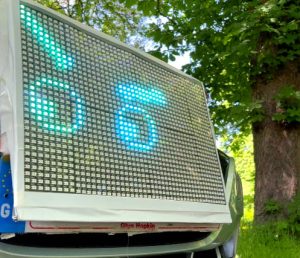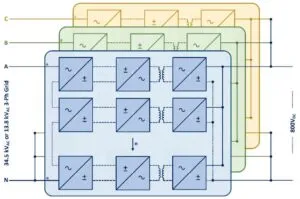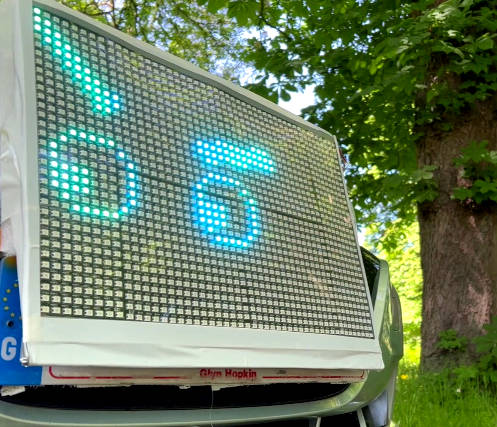
The study used a fake autonomous car, with a concealed human driver, equipped with animated display panels on its front that pedestrians could see.
Designs were shown on the displays to inform pedestrians of the car’s behaviour and intention “including expressive eyes and a face, accompanied by short text-based language such as ‘I have seen you’ or ‘I am giving way’ “, according to the university.
“We were keen to identify which designs invited the highest levels of trust by people wanting to cross the road,” said Nottingham human factors researcher David Large. “To do this we used three different levels of anthropomorphism; ‘implicit’ – an LED strip designed to mimic an eye’s pupil, ‘low’ – a vehicle-centric icon and words such as ‘giving way’, and ‘explicit’ – an expressive face and human-like language.”
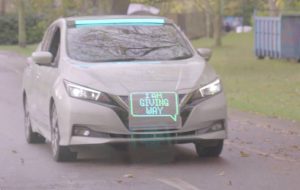
What went on the displays was controlled by a researcher in the back seat, and pedestrians were filmed with a dash cam – some were also interviewed after their interaction with the car. Over several days, 520 interactions were recorded and 64 surveys completed.
Behaviour judged to be relevant included: how long it took people to cross, how long they looked at the car, the number of times they glanced at the vehicle and the number of times they gestured at the vehicle.
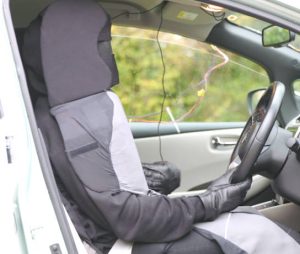
“We were pleased to see that the external human-machine interface was deemed to be an important factor by a substantial number of respondents when deciding whether or not to cross the road,” said fellow human factors researcher Professor Gary Burnett. “With regards to the displays, the explicit eyes not only captured the most visual attention, but it also received good ratings for trust and clarity as well as the highest preference, whereas the implicit LED strip was rated as less clear and invited lower ratings of trust.”
“An interesting additional discovery was that pedestrians continued to use hand gestures,” added Large, “for example thanking the car, despite most survey respondents believing the car was genuinely driver-less – showing that there is still an expectation of some kind of social element in these types of interaction.”
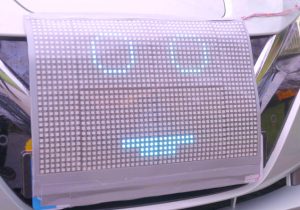
Future plans include studying interaction with other vulnerable road users such as cyclists and e-scooter riders users.
This study was part of the ServCity project which ended earlier this year, having been funded by the UK government’s Intelligent Mobility Fund via Innovate UK and administered by the Centre for Connected and Autonomous Vehicles (CCAV).
“The University of Nottingham, Nissan, Connected Places Catapult, TRL, Hitachi Europe and SBD Automotive have been working to understand how to help cities get autonomous-vehicle-ready, incorporate autonomous vehicle technologies into complex urban environments to deliver robo-taxi-style services, and create a template for the type of infrastructure required to support these technologies,” said Nottnigham.
A little more information can be found in ‘Ghost busting: A novel on-road exploration of external HMIs for autonomous vehicles‘, available through ResearchGate.
A video can be downloaded via this University of Nottingham provided WeTransfer link, for which Electronics Weekly makes no guarantees.
More information on the ServCity project can be found on this website

